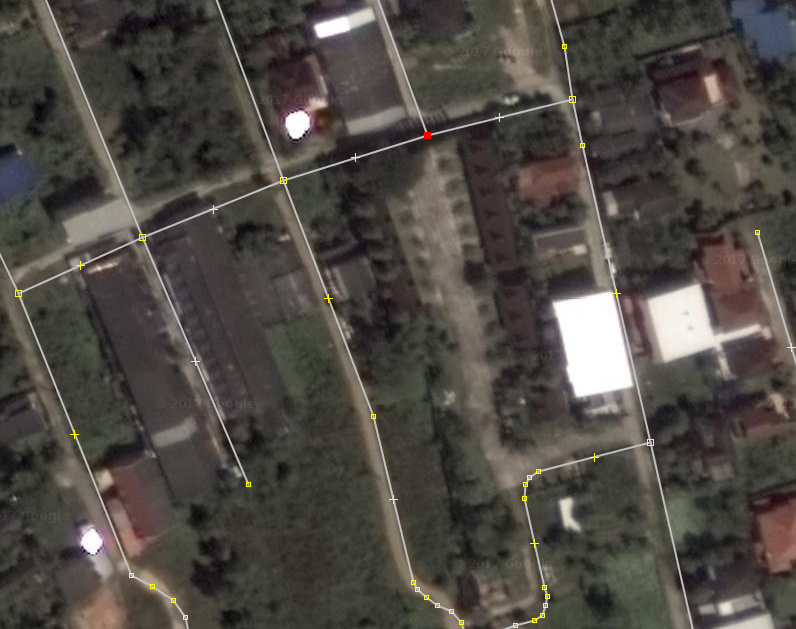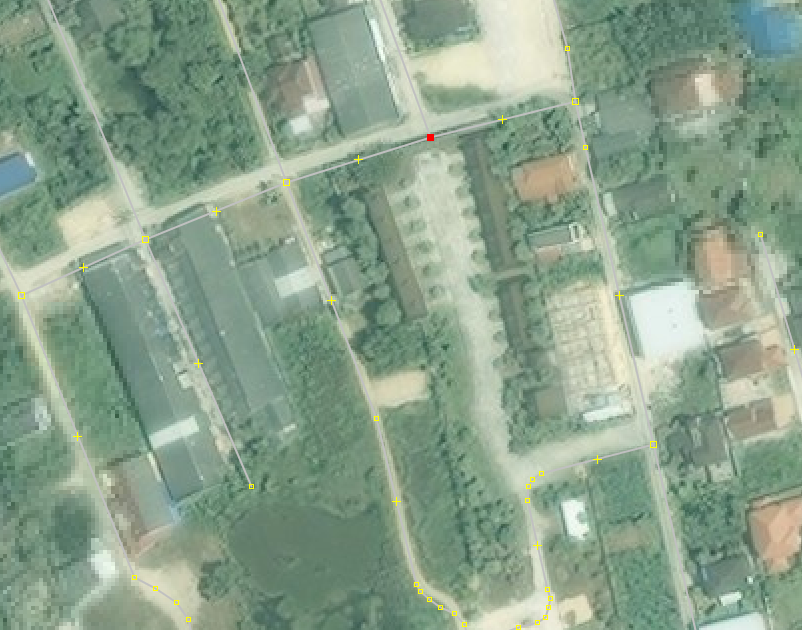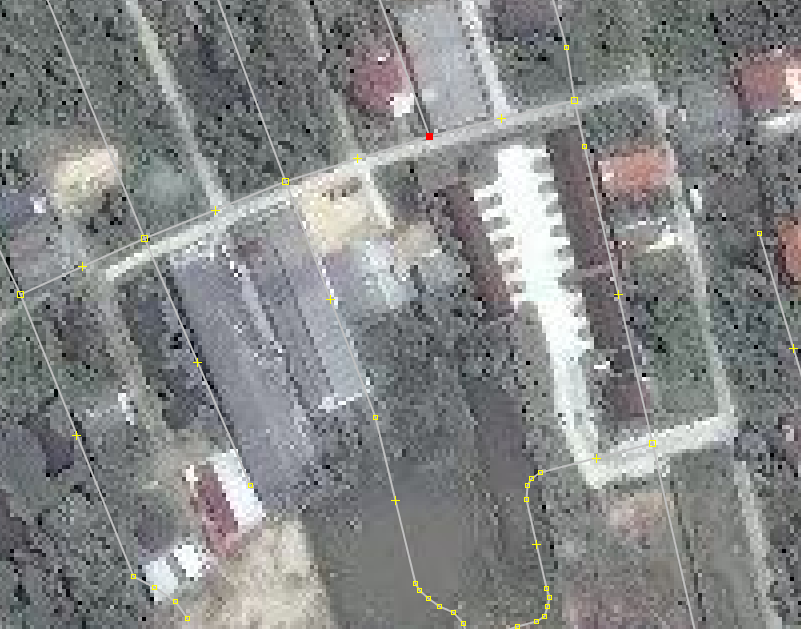Hello Thailand OSM Community,
I am really glad to hear about the outcome of your meeting. We have the same goals and I’m happy to work with the community to make OSM better with high quality mapping. I acknowledge your feelings about communication and appreciate you understanding my position, but rest assured that we plan to continue openly sharing our work through forums and lists.
For those not on the import wiki where many questions about process have been asked I have added the questions and answers to our wiki page to make it easier to follow ![]()
For the test run we are happy to do the following:
Define an area in Thailand where you plan to import. This area has to be communicated to us and agreed on beforehand.
We plan to start importing from the provinces in the south of Thailand. As mentioned previously in the import list we have created some sample data for Yala to share. To make it easy I have pasted it below.
-
Phase 1 - Generating Road Masks. These are the masks of the initial output from machine learning. These are not processed to a vector format. We have offered to share our tile service to anyone. Sample 1 | Sample 2 |Sample 3 | Sample 4
-
Phase 2 - Creating Road Vectors. This is the processed road vectors merged with current OSM data locally -These .osm files that have NOT been edited or validated by people and would not be uploaded as is. Please download the package here.
-
**Phase 3 - Human Validation. **This is the final output validated by mappers twice in order to be uploaded to OSM. Here are screenshots with the machine generated roads highlighted for human mappers to validate:
Sample 1 | Sample 2 | Sample 3 | Sample 4
We also ask that you choose an area having high-resolution Bing imagery available. As we don’t get access to the DigitalGlobe imagery you are using we want to have a way to verify the accuracy of your work.
-
Luckily it’s only a matter of weeks before DG refreshes the imagery as they mentioned

-
But in the mean time we think Songkhla could work since Bing is good. iD-Songkhla, Using JOSM - Bounding box for Songkhla (minlat=“7.0751953” minlon=“100.546875” maxlat=“7.1630859” maxlon=“100.6347656”)
We ask you to restrict the import to higher road classes. So don’t import agricultural and rice-field tracks.
-
We can do this, but I humbly ask you to consider letting us give you everything our machine generates before we add it to OSM? This way you can see exactly what the ML is picking up.
-
This will give you a much more accurate view of what we would like to do going forward. Going through and deleting roads our machine generates would be fairly easy for us, but it is time consuming and counter productive and you might just see the quality is high enough to accept.
-
From my experience with OSM communities agricultural roads are least likely to get drawn so I think this is where Facebook could potentially help. Having the road network was by far one of the most helpful features to give people context of where they are mapping both for remote mapathons and field mapping.
-
If after the sample you feel differently I am happy to re-visit deleting agricultural roads.
We also ask you to only import roads where your algorithm has a high confidence level of the geometry and classification.
-
Yes, I totally agree with you here. We only add roads with a high confidence level. While we do have algorithmic help for tagging, our editors manually check each edit for quality in geometry and classification. We have done a great deal of of research and training, and have discussions for each task to make sure we are uniformly mapping and tagging. In regards to tagging we will ultimately rely on the community to guide us.
-
Using DG’s Vivid+ imagery and have found we can get a 30% increase in road coverage for Thailand. Because imagery in OSM is much older in most areas we are able to pick newer roads with this imagery. Here are some examples of places we have been able to get road masks for in Thailand compared with OSM’s current imagery. Image 1, Image 2, Image 3, Image 4
Here is an example of how we plan divide the tasks for the country. The colors indicates the current density of roads going from blue to red for high density areas. Of the 77 province boundaries we plan to start in the Southern Region in the province of Yala. Image
Please let us know if you agree on the test area in Songkhla so we can prep the data for this area and share it with you before adding it to OSM.
After that I agree to wait for your feedback before proceeding to import directly to OSM and planning out a strategy for scaling up.
If there is another meeting I am happy to join or come in person as I would love the opportunity to meet the community in person ![]()
Best,
Drishtie Patel on behalf of the OSM at Facebook Team









